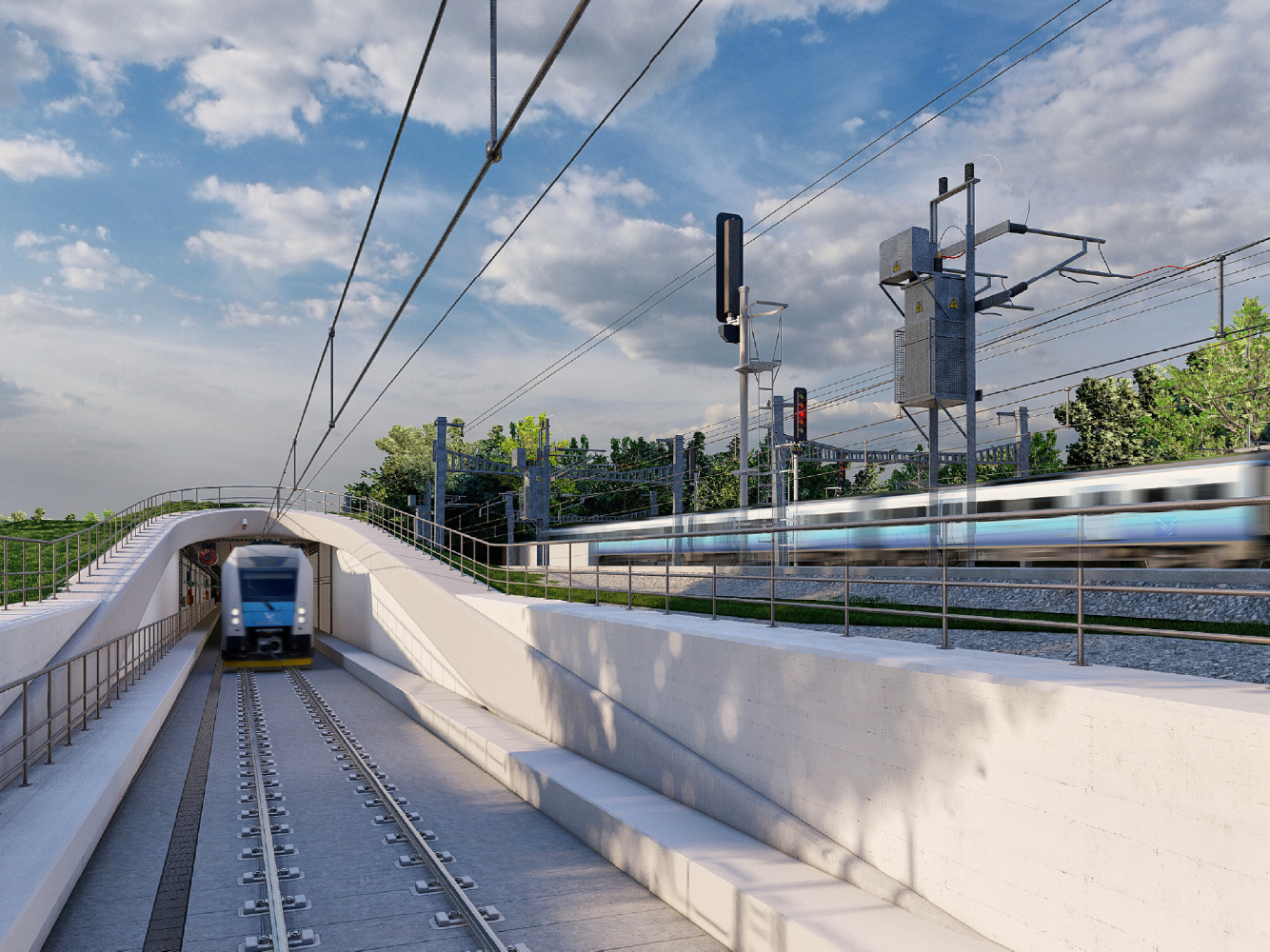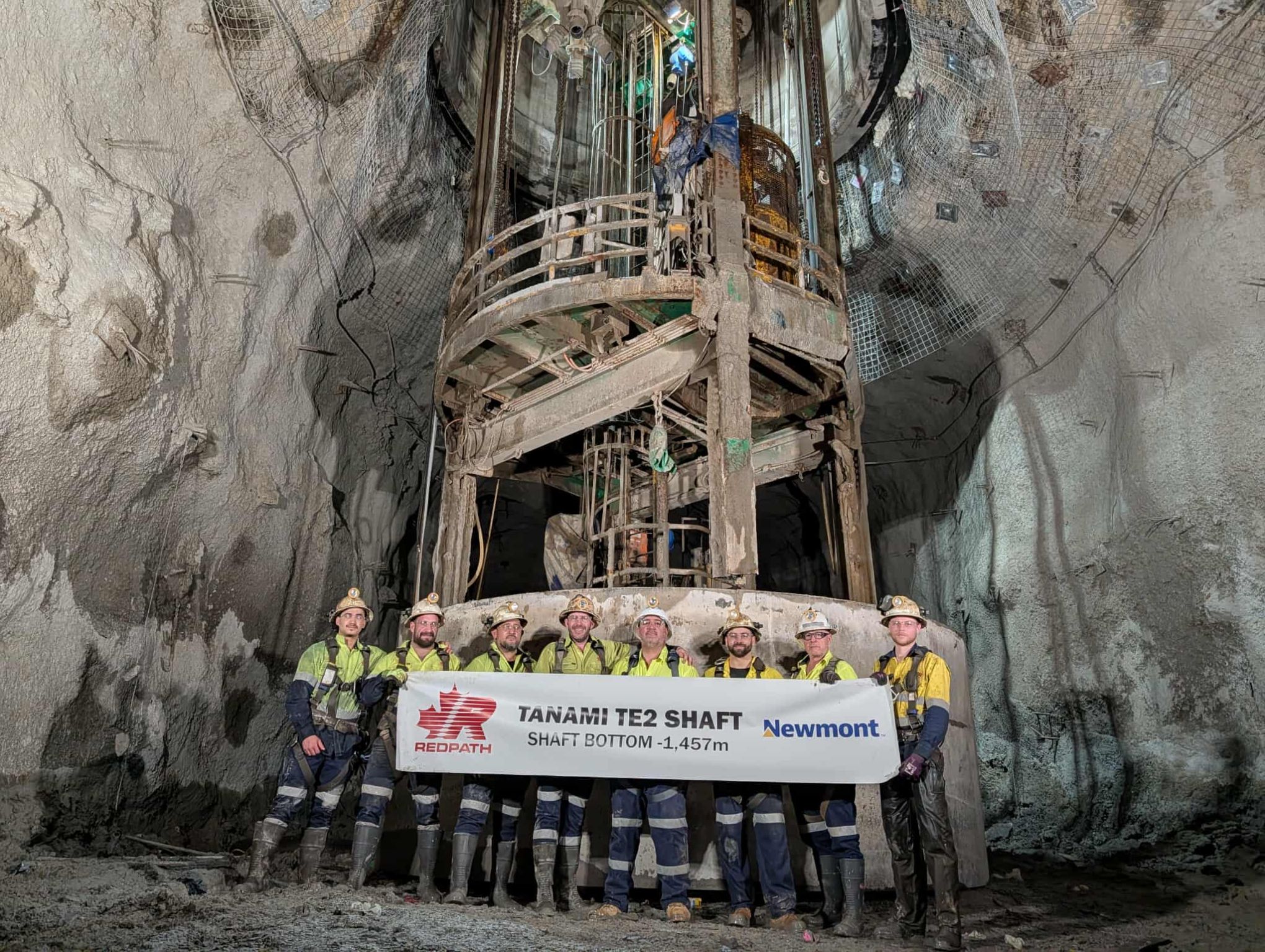
Even though the need to have properly inflated tires is widely understood, it is an area that is often ignored—but there is help at hand.
A tire blowout on a freight truck is disruptive enough, what with time lost for both the driver and vehicle, not to mention irate customers with unfulfilled delivery schedules. But just imagine how much devastation an unexpected tire problem would be on some of the mining industry’s earth moving vehicles.
“On some of those larger tires,” explains Phillip Zaroor, founder and CEO of Advantage PressurePro, “it can take several hours just to let the air out. By the time you’ve changed a damaged tire, you could have lost an entire shift and that could represent tens—if not hundreds—of thousands of dollars of lost production.”
Not surprisingly, then, more and more mining companies are taking a keen interest in PressurePro, the world’s first commercially available external tire pressure monitoring system (TPMS); and Zaroor is expecting PressurePro to be in great demand at the company’s forthcoming MINExpo booth, where the message of longer tire life, greater fuel economy and more efficient tire pressure maintenance is sure to strike a chord.
Twenty-one years ago, this product simply didn’t exist. But after deciding that early retirement wasn’t nearly as interesting as he expected, Zaroor was fortunate enough to meet an engineer who had patented, but still not built, a TPMS system. “We bought the patent,” he says, “and then worked with a company to develop the first generation of PressurePro. It met all three of my criteria for a business and product: it targeted a very large market; it filled a growing need; and the market could be readily segmented enabling us to develop them one by one as time and resources allowed.”
Regardless of the size of wheel, PressurePro works in much the same way. A small sensor, weighing about 15g (0.5oz), screws onto the tire valve and takes pressure and temperature readings every seven seconds which are then transmitted to a monitoring panel located in the cab updating readings every five minutes. An immediate alert is sounded when pressures drop by 12.5 percent and 25 percent low, and for 25 percent to 45 percent high (user settable), as well as upon a high temperature of 200F. “In the best scenario for the driver,” says Zaroor, “he is alerted to the need to get some air into the tires; but it could also save their life by avoiding a puncture or worse, a blowout. By monitoring thetime between the first and second alarms, the driver can tell just how fast the tire is going down and therefore how seriously the tire is damaged.”
In the beginning, the recreational vehicle market was the first to be tackled and it proved a good choice, keeping the company well occupied for the first decade. By then, the trucking industry had started to take an interest and not only was PressurePro onto the second generation, it had defied the outward flow of manufacturing jobs to the East by bringing production back to the US.
“We don’t manufacture ourselves,” explains Zaroor, “in fact, we have a staff of only seven taking care of engineering and sales. Instead, we prefer strategic partnerships in everything we do. Our manufacturing partner is based in Lansing, Michigan, where there is a talented workforce with lots of production skills learnt in the Detroit auto industry. We are very satisfied with the partnership we share with our manufacturing firm as well as the high quality of production and quality control they provide and have been for years.”
Zaroor is also very complementary about the cooperation and assistance the company receives from component suppliers such as GE, Microchip and Lectronix. “Officially we are on the fourth generation,” he says, “and work on the fifth is just about to start. But in reality we are making fine adjustments all the time as our component suppliers provide new and better technology for our use.”
As well as a growing number of end users who have gotten wise to the benefits of TPMS, the message has also gotten through to legislative bodies. TPMS is now mandatory on all new automobiles in the US and will also be made mandatory in Europe soon as well as being considered in several other markets including China. However, in their wisdom, car manufacturers have tended to buy the least expensive option which is not always the best. Not surprisingly there are now other TPMS products on the market—all of which are Chinese knock-offs of PressurePro and have neither the quality nor the options provided by PressurePro.
“A typical 22.5 inch tire,” he explains, “does 500 revolutions every mile. It has to endure heat and cold, sun and rain and lots of vibrations. The copycat products fail by themselves in short order and eventually customers find their way to us to try ours and find that even though there is a small premium to be paid, the superior components we use are more reliable and last for years, not months—sometimes up to three times longer. The lifecycle cost of PressurePro is recognised as a fraction of anything else on the market and is appreciated by customers who are not spending time working on cheaper imitations that require more attention and maintenance.”
At the other end of the price scale, some manufacturers, including some of the larger tire manufacturers, are selling their own TPMS systems but rather than costing the $150 cost for a typical PressurePro sensor, competitor products can have a price tag that is $800 to $2,200 per sensor and a much shorter life. PressurePro is working with several of the largest tire manufacturers on their line of large commercial tires and manufacturers such as Eurotire offer PressurePro along with their tires.
“Mine operators,” says Zaroor, “have found that even having a monitor in the cab doesn’t always get the driver to stop and take care of the tires. So telemetry—or the ability to transmit tire information by radio to someone else or to monitor a vehicle as it passes a set area — has become very important to the fleets and we have partnerships with well over 45 of the leading telematics providers around the world. ”
So the end result of all this work is that globally, there is something in the order of nine million tires protected by PressurePro (40 percent of all units are exported all over the world to mines, quarries and other commercial applications). Since its second year in business, PressurePro has always been profitable and in the past five years, growth has never been less that 10 percent and at times has doubled or more. Within three years, Zaroor expects the company to realize revenues of $200 million or more; but this will only be a fraction of the savings end users will accrue.
Written by Alan Swaby; research by Richard Halfhide



 AdvantagePressurePro-AM-Sept12-bro-s.pdf
AdvantagePressurePro-AM-Sept12-bro-s.pdf









